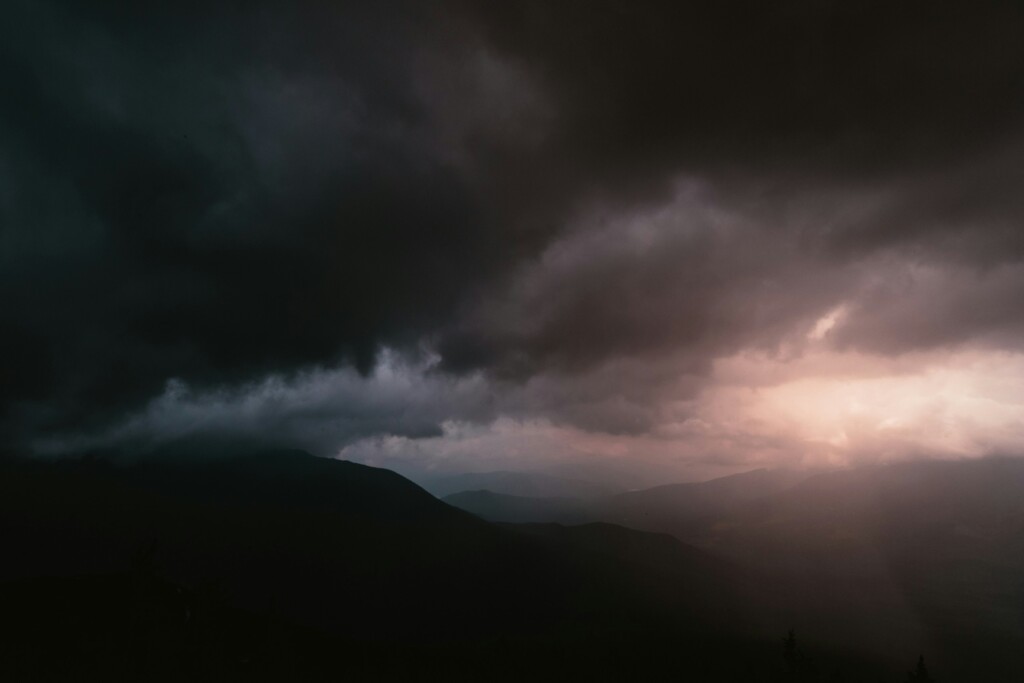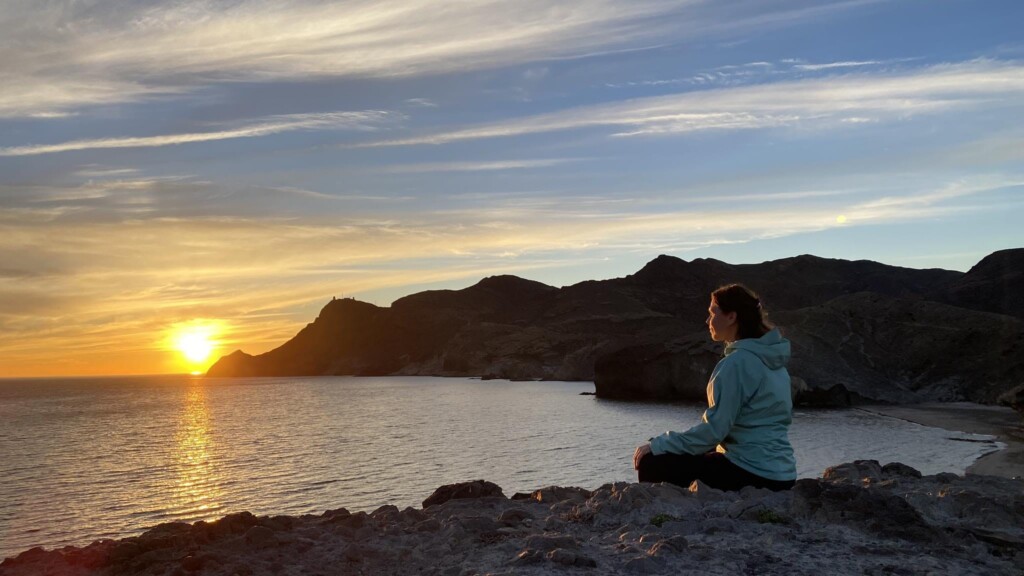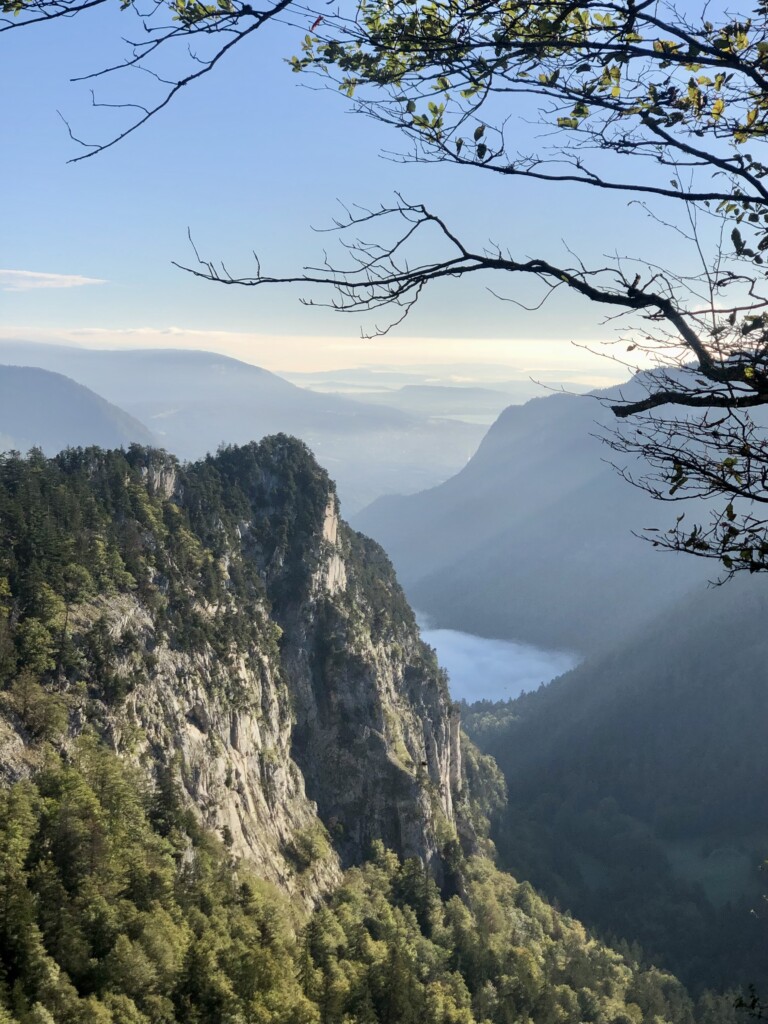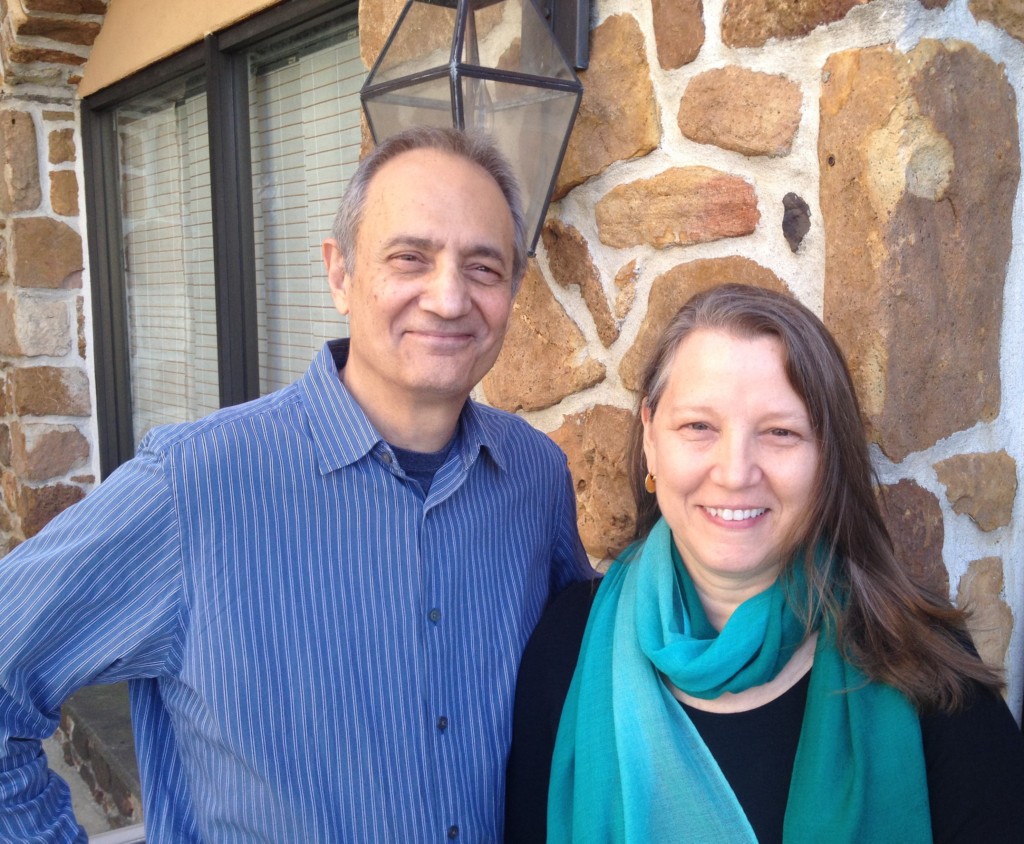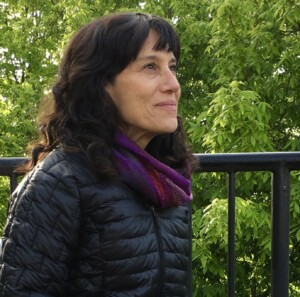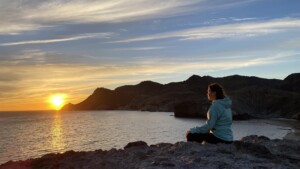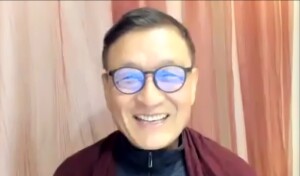
An Excerpt from Tenzin Wangyal Rinpoche’s Online Weekend Retreat with The 3 Doors, The Heart of Self-Transformation, December 2023
Originally transcribed by our friends at Voice of Clear Light, the online newsletter of Ligmincha International.
In the teachings, the two-fold topic of wisdom and compassion comes up again and again, two very simple things. I admire His Holiness the Dalai Lama’s teaching a lot, and we all know very clearly that the Dalai Lama emphasizes the compassion aspect so much. He’s so well known for that topic that he’s even become famous for his message of compassion. He also teaches about the wisdom aspect, sunyata or emptiness; however, that message has not been embraced by as wide an audience as his teachings on compassion.
I think there is a very good reason for that. And I see it when I am presenting the idea of the “pain body” and of being “no one” to people who are steeped in Western psychology and therapy. At the beginning of the conversation, it seems as if all is going well. But as we get deeper into these ideas, I begin sensing that they don’t like it, and that they have a problem with it or they have issues with it. And that can even develop to the point of their being afraid of simply considering it. Being afraid of an idea, though, just because it may be different than what you’re used to, seems a bit strange to me. But I’ve personally encountered those moments when people are having difficulties simply with an idea.
So I wanted to talk a little bit more about these ideas of our being “no one” and of the pain identity. Just to clarify, it’s not something that I made up, or that I simply had some dreams and ideas about. It’s truly coming from the teachings, which are the source. And it seems like the most important point for one’s self-transformation, the most important point and also the most ignored point. In terms of true transformation, I do think that it is absolutely the key, and that without that, there is no true transformation, period. Rather, there would only be a kind of a transformation, for instance a transformation only from one particular pain to another pain; from a bigger pain to a smaller pain; from more pain to less pain, from a confusing pain to a more clear pain. But any of these transformations will not, in a true sense, get rid of pain. Rather, it will just be a move to a new version of pain identity that you could again get stuck in.
However, that new version of pain identity always seems like a good one during that initial honeymoon phase of it. But it will one day become your ex, and you will have similar experiences with that pain identity as you’ve had with all of your other exes. Which may then lead you to adopting yet again another new seemingly better pain identity, and you will begin this whole process over again. That is the endless story of samsara.
So I wanted to talk just a little bit about that. We have two terms in Tibetan: nang-dzin and dak-dzin. So nang-dzin relates to an inner grasping. And similarly, dak-dzin means to grasp at a false sense of self. So nang-dzin/dak-dzin describes one’s grasping as permanent that which you are only temporarily identified with. And that identification is not going to last at all, because that’s the nature of any pain identity.
But there is another identity that we can call big self, which, although you will not like to hear it, I will say it anyway, it is that you are “no one.” That’s your big self, the potential to be anyone, which is the “no one”. That “no one,” the potential to be anyone, that’s your true self. And when you are not realizing that, when you have not discovered that, then you always identify with something that is someone! And because that someone has a fear of being “no one,” then that someone is always a weaker place to be than the “no one.” It’s less, it’s weaker, it’s more isolated, it’s more limited and it’s more conditioned. So that is why it’s called pain identity: because it’s somehow identifying with the weaker position. A conditional position!
Take for example cases of childhood trauma, which involve one or a few very strong frozen pain identities that happened in one’s childhood. That frozen identity remains stuck throughout one’s adulthood, throughout one’s life! And that identity is always interfering with any new situation, any potential situation, any expansion of one’s sense of self, any new discovery; it always interferes with that. What manifests is, I CANT DO IT!! I don’t want to go there. I don’t want to talk about that. I don’t want to think about it. I cannot do it. Always, it’s a limitation. That identity, that traumatized sense of self is frozen, it’s limited, it’s conditioned, it’s stuck! Therefore it’s not able to transcend, to expand and go beyond or liberate. And that’s why we suffer. We may see some possibility of expansion, but we can’t go there, because it is so strong an identity that we are stuck in.
In a simple way, what I am trying to say is this: the pain identity is always identified with limitation and with weaker places in us. It’s identified with some limited sense of who you are that is less than you are, that is weaker than you are, that is more lacking in completeness or qualities than you are. That’s what we’re identified with, with the pain identity.
These ideas point to our misidentifying ourselves with something weaker. But if we know this is the case, then we don’t get too serious about our identification with that; we don’t get too stuck about it. You come to realize that it’s not true that your weakness is you, rather, your fullness is you, your strength is you. You recognize that the power you might feel in your control over people and situations is not a real power. Rather, your ability to let go of power is your real power. It’s so much better to realize, Oh, there’s a need in me to control, and this need to control and to feel that I’m in control, feels like a power to me. However, it’s not a power; it’s a weakness.
Yet we commonly do the opposite; instead of recognizing it as a weakness, you are identifying it as a power. And therefore you’re holding onto it until it kicks you out, or until the system kicks you out, or until life kicks you out, or karma kicks you out. So you see, it’s just not possible or good to keep holding on to power. Far better to let it go with so much sense of grace and peace and joy. And that’s the case even regarding one’s own aging, sickness and death.
The last of our letting go is with regard to this famous death. We do not have control over it. When that moment comes, then you have two choices, to suffer while trying to control it, or to gracefully embrace it and let go of control, surrendering to the truth of impermanence. And for sure, those who surrender to the truth of impermanence, they are at peace! As well, their sense of self is much higher than simply this body; their sense of self is much bigger than this moment of the dying; their sense of life is bigger than this end of life. Life continues; that’s their sense of life. And their connection, their existence, is beyond this death and beyond this life and beyond any other life. They have an expansion of the sense of self. That is their strength.
We are talking now about letting go of control for your life, and letting go of control of the process of dying. I can understand if you say, I don’t want to jump into that big of a topic right away, but I can start with dinner with my partner. I can let go of that. I’ll say to them, ‘Tonight I will go wherever you want to go.’ And with such a graceful joy and love for this person that you are with, for sure you will not have any negative consequences from eating the food that they enjoy or dining somewhere that they like but maybe you would otherwise avoid. It will not have negative consequences, for sure, because it will definitely enrich your well-being.
So think about some moments like that, just let go of control. You see, these little things matter to me, and I am very happy practicing them. So you can let go of these little things that you would normally control. Then you can move on to letting go of the bigger things in life. And it could even be fun to make a schedule for letting go of each one of those bigger things in life and be willing to change those things that you would not otherwise consider changing. That’s not to say that each of those changes you make are necessarily changes into something better. However, doing so definitely strengthens your ability to keep from getting stuck in what you identify with. These are the identities that I refer to as the pain identities. And we do have a lot of them.
Freeing ourselves from being stuck leads us back to this sense of a simple identity. Nowadays people talk a lot about the idea of a minimalist lifestyle, this beautiful idea of living more simply. I was thinking about that today as I was sitting on a stoop just outside the lobby of this little hotel that I’m staying at while I’m teaching here in Bangkok. So there is all of this heavy rain falling outside, and I am just sitting out on the stoop. I was looking out on all of these tropical trees here, with a little pool over there, and just the rainfall. No one else was around, just me sitting. And a porter came by asking if I wanted to sit inside. I said, no, no, I wanted to sit outside. It was so joyful, all of this rain and the splashes of reflected light that the raindrops made on the surface of the pool. So beautiful! And I was just thinking, this is what we all need. We all need experiences of maximum joy with a minimum of things. Because we are so used to experiencing a minimum of joy with a maximum of things. This then, is the exercise that we need to discover: having so much appreciation for the very little things in life. You just open and observe, and you see.
The recordings from this weekend retreat, including teachings from Tenzin Wangyal Rinpoche and guided practices with our Senior Teachers, are available for purchase in English, Español, Deutsch, Français, Magyar, Português, Русский, Suomalainen.

